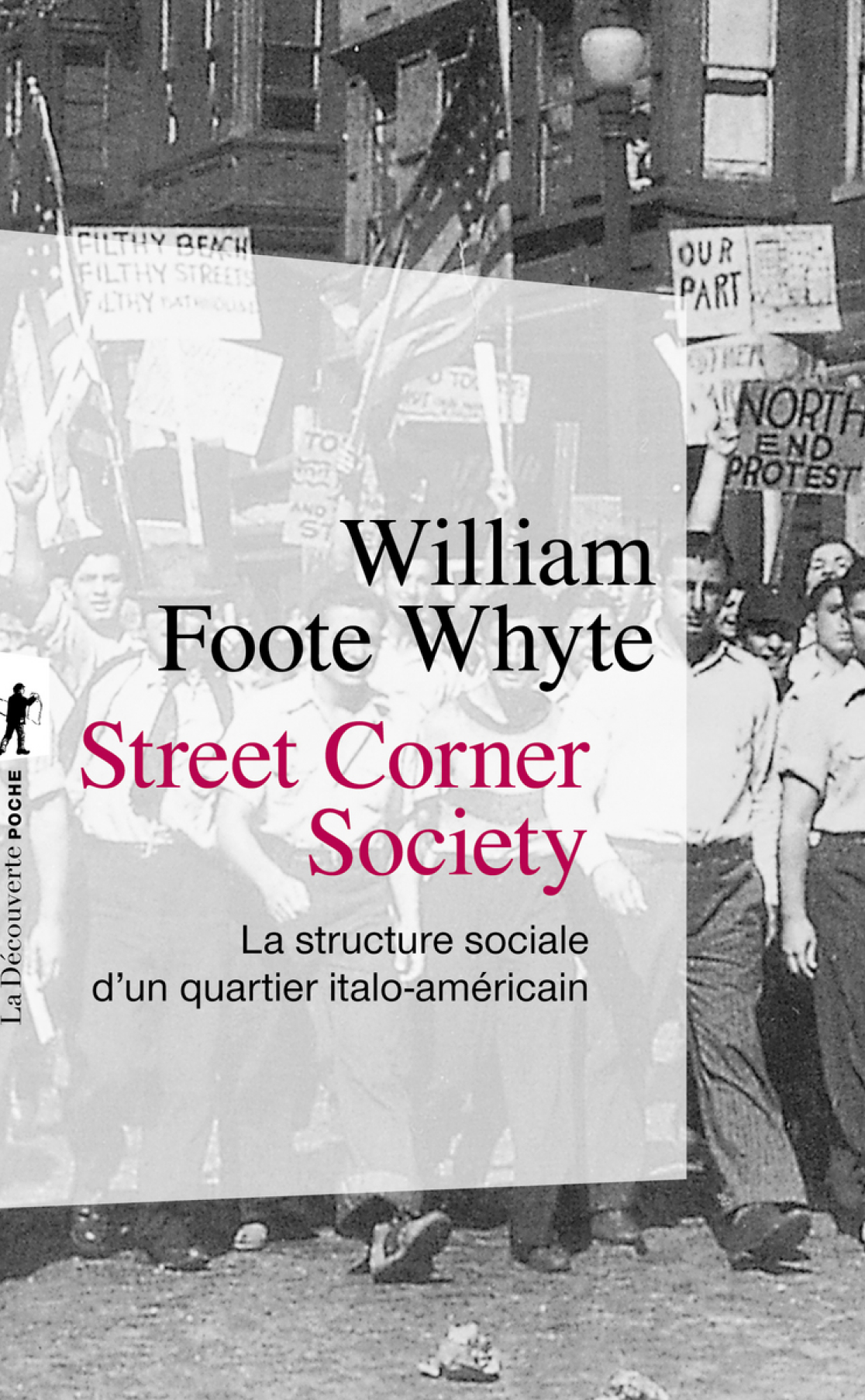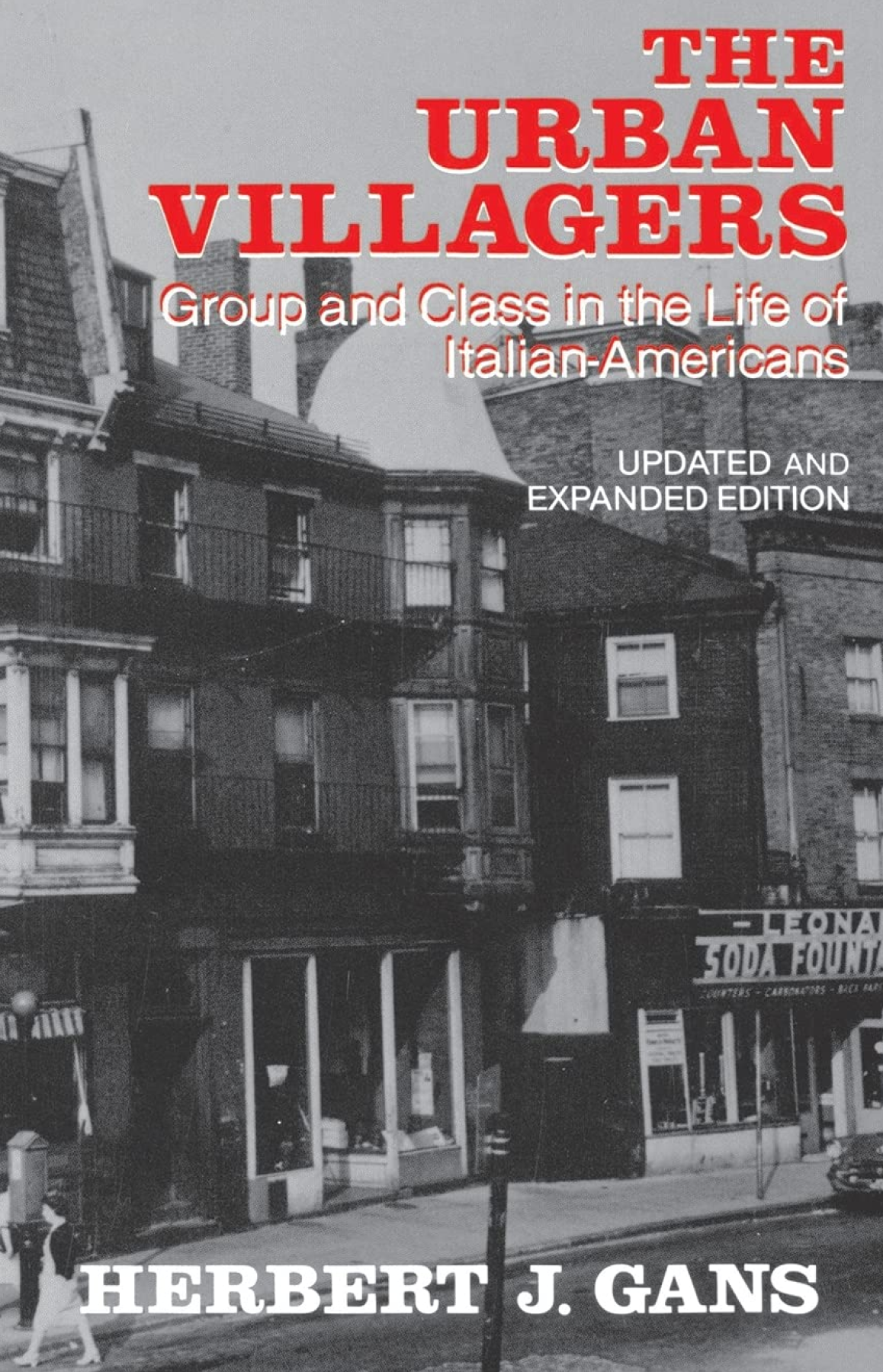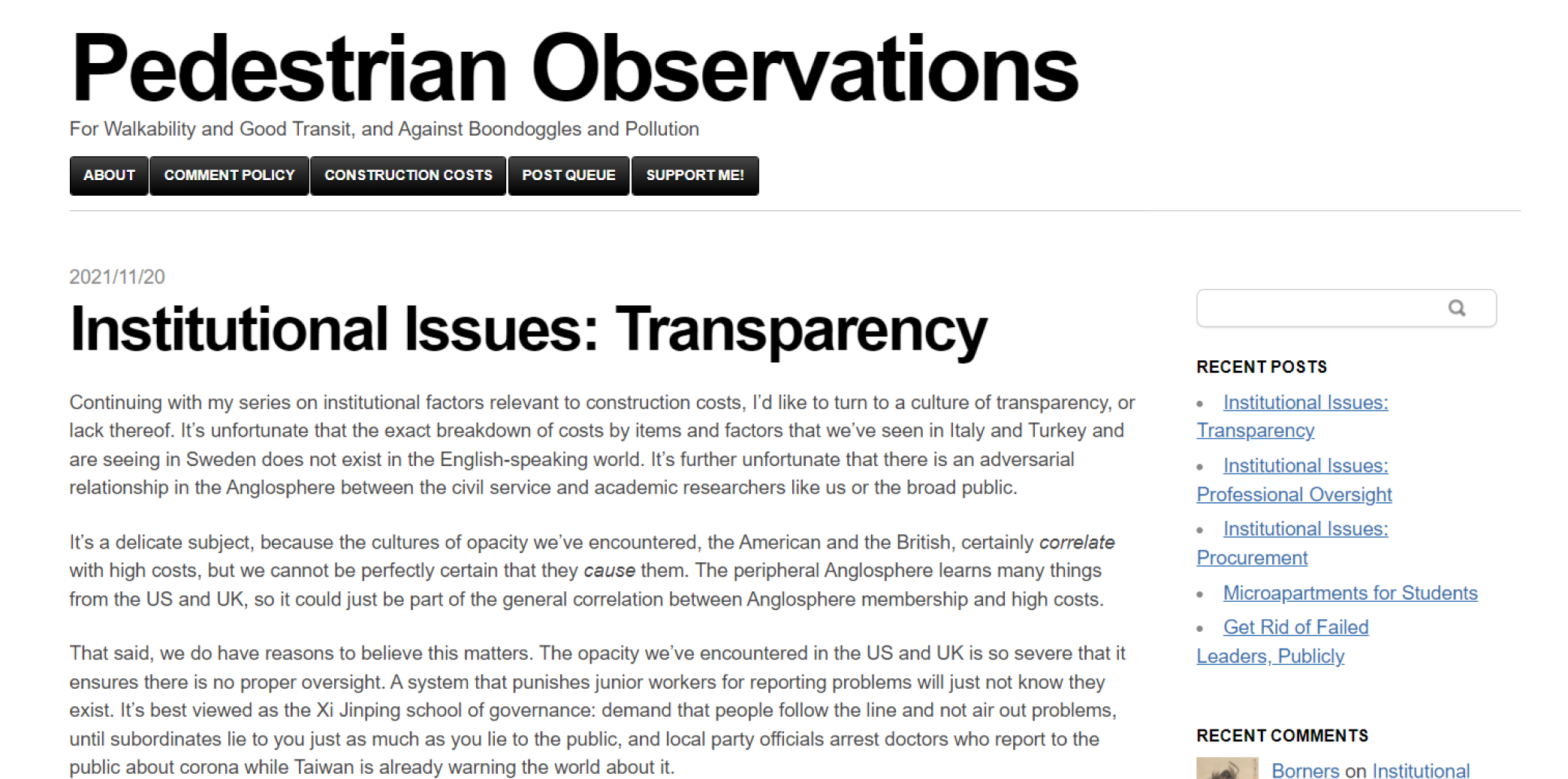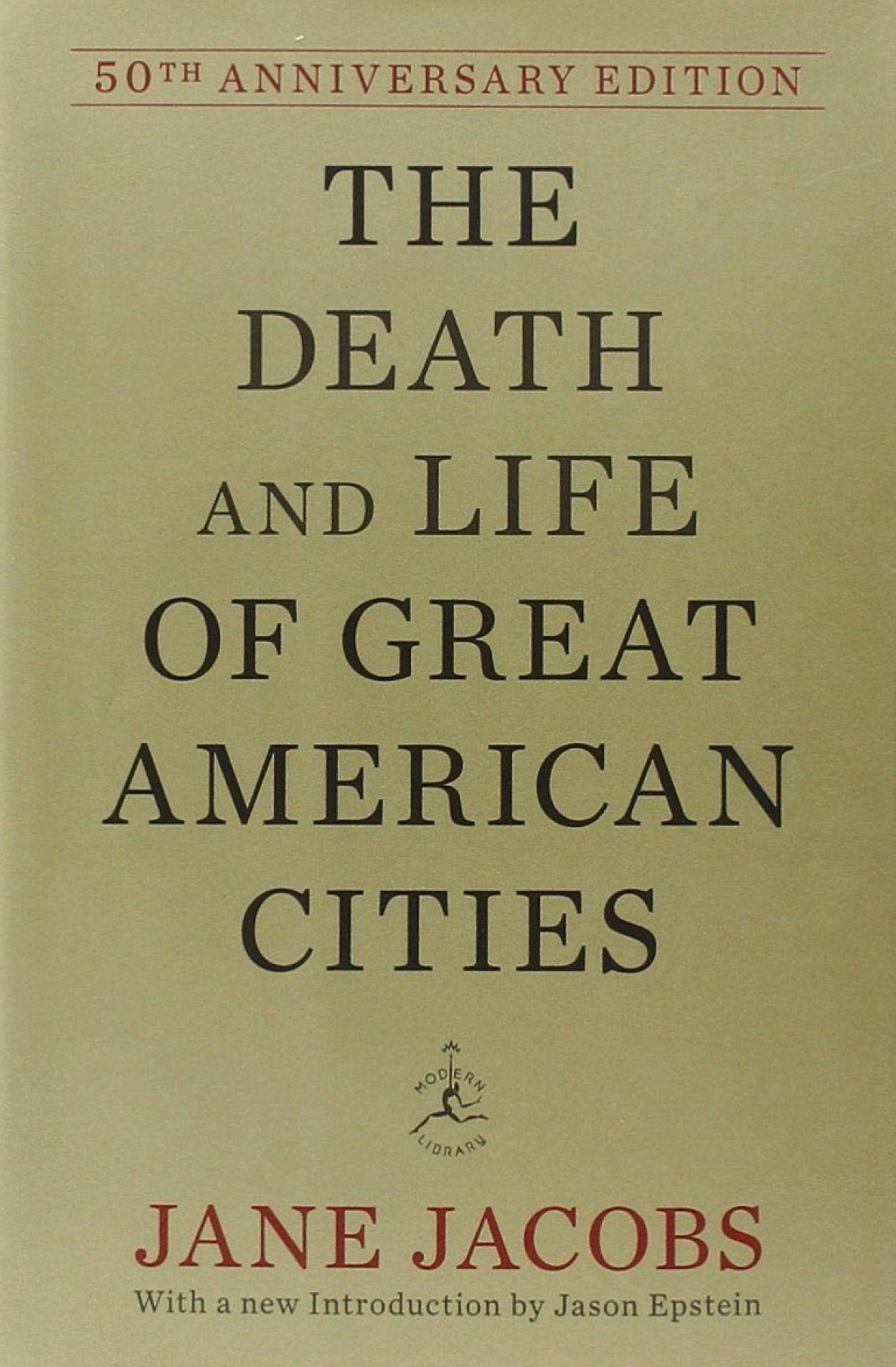Street Corner Society
Street Corner Society is one of a handful of works that can justifiably be called classics of sociological research. William Foote Whyte’s account of the Italian American slum he called “Cornerville”—Boston’s North End—has been the model for urban ethnography for fifty years.
By mapping the intricate social worlds of street gangs and “corner boys,” Whyte was among the first to demonstrate that a poor community need not be socially disorganized. His writing set a standard for vivid portrayals of real people in real situations. And his frank discussion of his methodology—participant observation—has served as an essential casebook in field research for generations of students and scholars.

Urban Villagers
Hebert Gans’ study of Italian Americans in Boston’s West End is one of the classics of contemporary sociology.
Providing a first-hand account of life in an inner city of contemporary sociology, Urban Villagers is a systematic and sensitive analysis of working-class culture and of the politicians, planners, and other outside professionals who affected it.

Pedestrian Observations
Pedestrian Observations is a blog by Alon Levy. Alon grew up in Tel Aviv and Singapore; subsequently lived in New York, Providence, Vancouver, and Stockholm; and currently lives in Paris. He writes about public transit full-time.

Great Streets
Which are the world’s best streets, and what are the physical, designable characteristics that make them great? To answer these questions, Allan Jacobs has surveyed street users and design professionals and has studied a wide array of street types and urban spaces around the world. With more than 200 illustrations, all prepared by the author, along with analysis and statistics, Great Streets offers a wealth of information on street dimensions, plans, sections, and patterns of use, all systematically compared. It also reveals Jacobs’s eye for the telling human and social details that bring streets and communities to life.

Finding Lost Space
The problem of lost space, or the inadequate use of space, afflicts most urban centers today. The automobile, the effects of the Modern Movement in architectural design, urban-renewal and zoning policies, the dominance of private over public interests, as well as changes in land use in the inner city have resulted in the loss of values and meanings that were traditionally associated with urban open space. Finding Lost Space offers a comprehensive and systematic examination of the crisis of the contemporary city and the means by which this crisis can be addressed.

Urbanism in a New Mobility Age
Urbanism in a New Mobility Age: Blurring the lines between architecture, public space, and movement. Samuel Shackelford’s thesis addresses the future possibilities of our cities with the introduction of autonomous and electric vehicles.

Saving America’s Cities
In Saving America’s Cities, the prizewinning historian Lizabeth Cohen follows the career of Edward J. Logue, whose shifting approach to the urban crisis tracked the changing balance between government-funded public programs and private interests that would culminate in the neoliberal rush to privatize efforts to solve entrenched social problems. A Yale-trained lawyer, rival of Robert Moses, and sometime critic of Jane Jacobs, Logue saw renewing cities as an extension of the liberal New Deal. He worked to revive a declining New Haven, became the architect of the “New Boston” of the 1960s, and, later, led New York State’s Urban Development Corporation, which built entire new towns, including Roosevelt Island in New York City.

Streetfilms
Streetfilms produces short films showing how smart transportation design and policy can result in better places to live, work and play.
Founded in 2006, Streetfilms has become the go-to organization for educational films about sustainable transportation, and inspires action and behavioral change worldwide. Individuals, public agencies, non-profit organizations, schools, and transportation advocacy groups use Streetfilms to educate decision makers and make change for livable streets in their communities.

The Death and Life of Great American Cities
A direct and fundamentally optimistic indictment of the short-sightedness and intellectual arrogance that has characterized much of urban planning in this century, The Death and Life of Great American Cities has, since its first publication in 1961, become the standard against which all endeavors in that field are measured.
In prose of outstanding immediacy, Jane Jacobs writes about what makes streets safe or unsafe; about what constitutes a neighborhood, and what function it serves within the larger organism of the city; about why some neighborhoods remain impoverished while others regenerate themselves. She writes about the salutary role of funeral parlors and tenement windows, the dangers of too much development money and too little diversity. Compassionate, bracingly indignant, and always keenly detailed, Jane Jacobs’s monumental work provides an essential framework for assessing the vitality of all cities.
